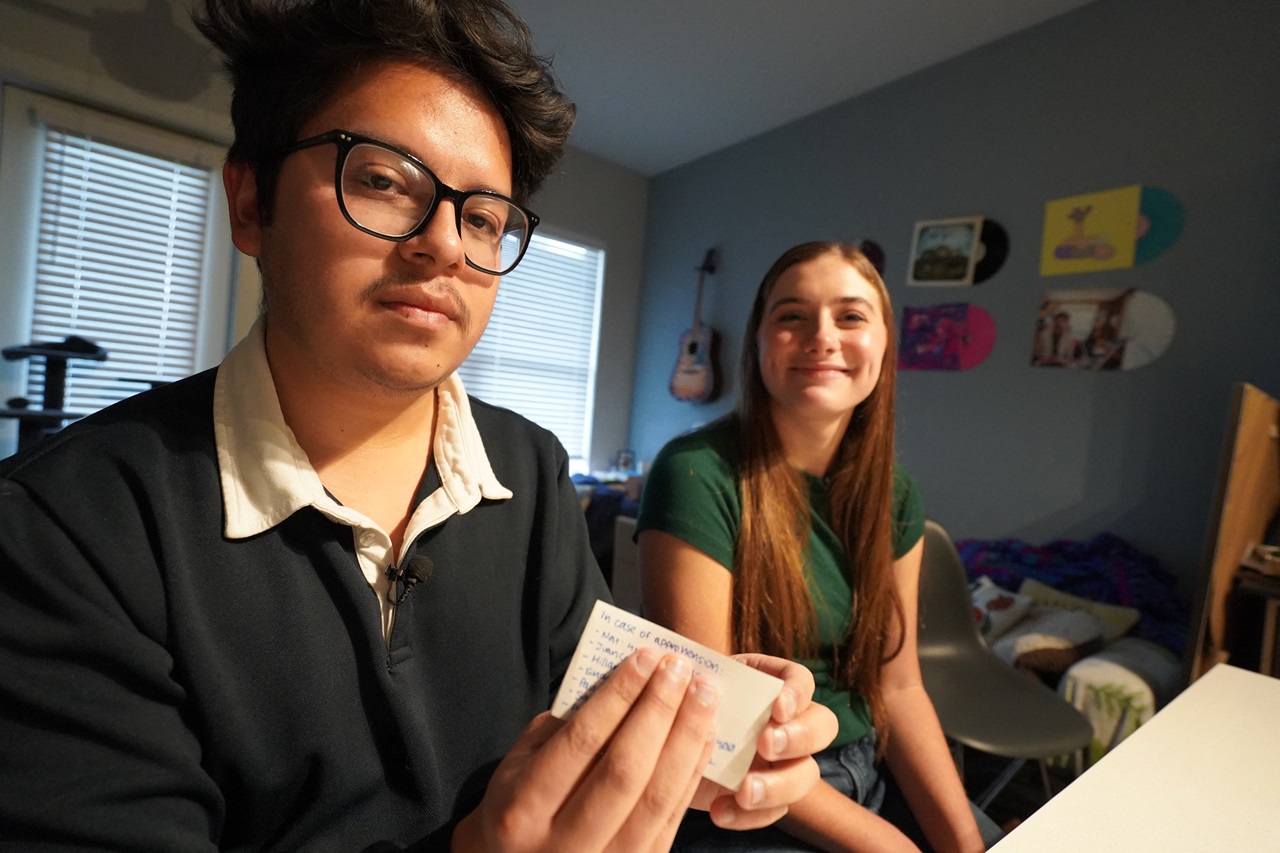
"We see people who suddenly can't see or walk"
Dozens of inhabitants of Tlaltetela, a small village in the Mexican state of Veracruz, are paralyzed from head to toe due to an incurable progressive neurodegenerative disorder known as spinocerebellar ataxia type 7 (SCA7).
From one day to the next, the disease causes loss of speech and sight plus paralysis of the feet and hands, and while the victims maintain a certain mental lucidity, they are forever trapped in a non-functional body.
"We see people who suddenly can't see or walk," said Eduardo Hernandez Vazquez, who lives in Tlaltetela and is in charge of social programs of the civil organization called Ataxia Mexico, created to attend to that problem.
SCA7 is a disease that tends to affect about one in every 100,000 people, but in this mountain community, the prevalence is much greater. Of its 15,000 inhabitants, 80 are registered cases and another 300 are awaiting diagnosis.
"Of those 300, 50 percent are almost sure to test positive, judging by their symptoms," said the director and founder of Ataxia Tlaltetela, US citizen Cory Hannan, who also suffers from the disease.
In Tlaltetela, according the geneticist Dr. Cesar Cerecedo Zapata, the prevalence of SCA7 is 1,500 for every 100,000 inhabitants, one of the highest rates in Mexico.
SCA7 patients are not usually seen in the streets of Tlaltetela, because wherever they appear they attract attention for their difficulties in walking and talking, as if they had drunk a bottle of alcohol.
CONTENIDO RELACIONADO
"They almost never go out, even less accompanied, because it's embarrassing for family or friends to go around with someone who walks like that, and also it makes them look like someone carrying a gene that will cause them the same illness," Hannan said.
Studies sponsored by Ataxia Tlaltetela found that local inhabitants' family trees show at least eight generations with the gene that causes the development of this medical condition.
For decades the disorder was propagated because this region remained partially isolated until 1970, when a bridge was built connecting it with Xalapa, the Veracruz state capital.
Zapata warned that if a couple with this condition has children, 40 percent of them will have the probability of carrying the altered gene and of developing the disease.
Over a period of 170 years, the gene has been identified in eight generations and today the illness strikes people from age 5 to age 45, who then face paralysis and, in most cases, isolation in the family.
Since this is a region where the inhabitants live off the production of lemons, and to a lesser degree coffee, families tend to have low incomes, and are consequently unable to care for patients with such disabilities.










DEJE UN COMENTARIO:
¡Únete a la discusión! Deja un comentario.